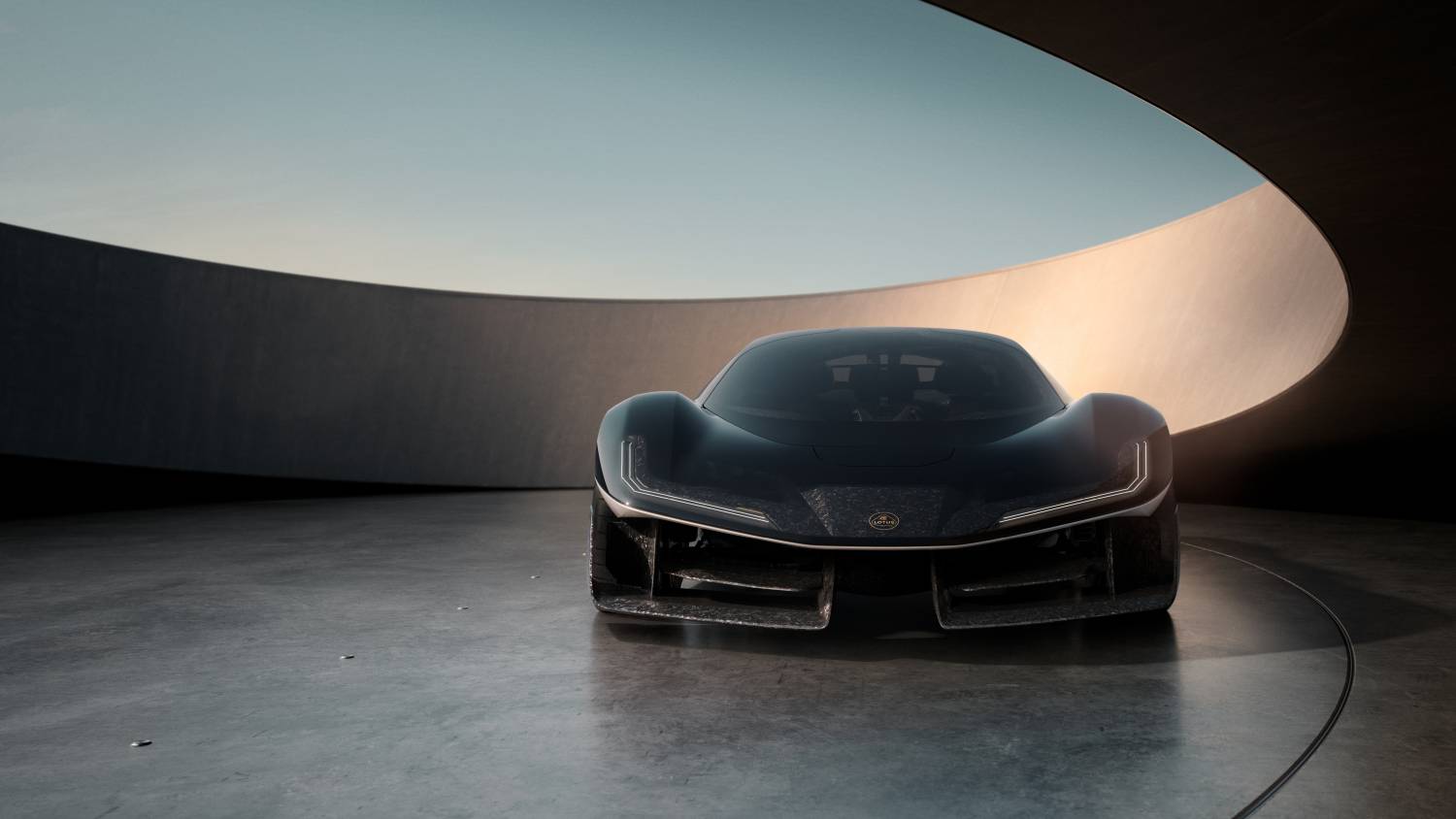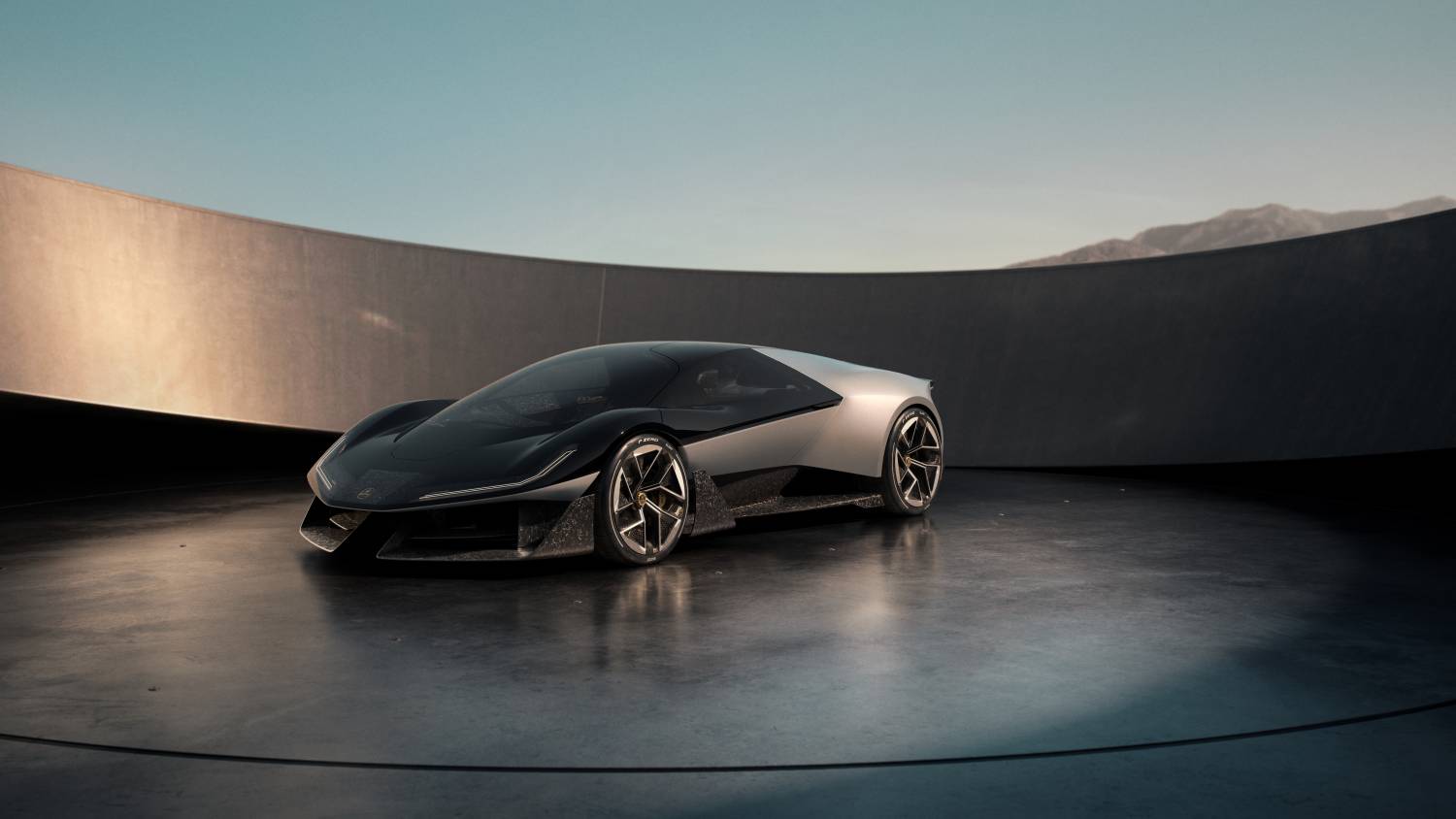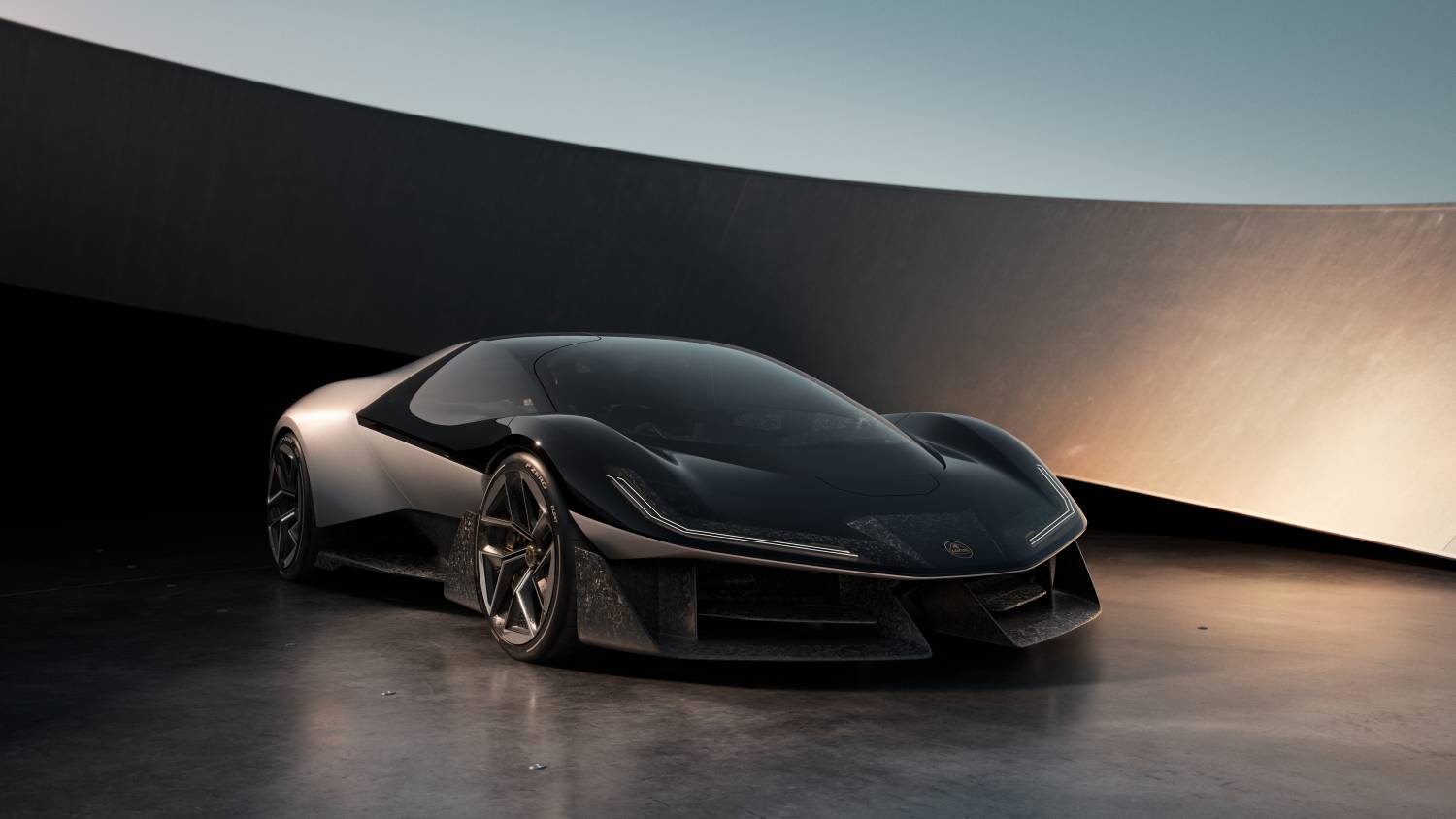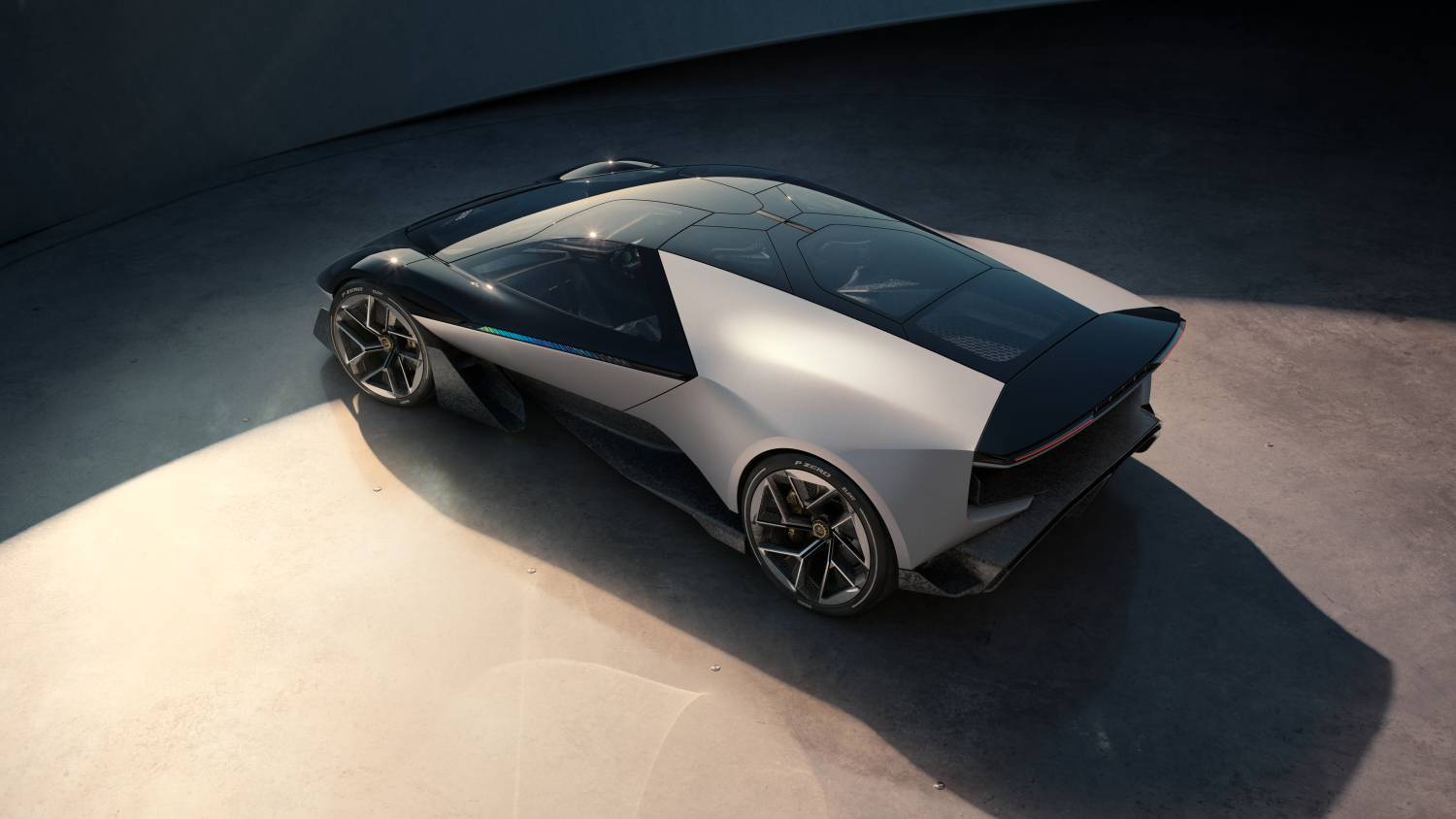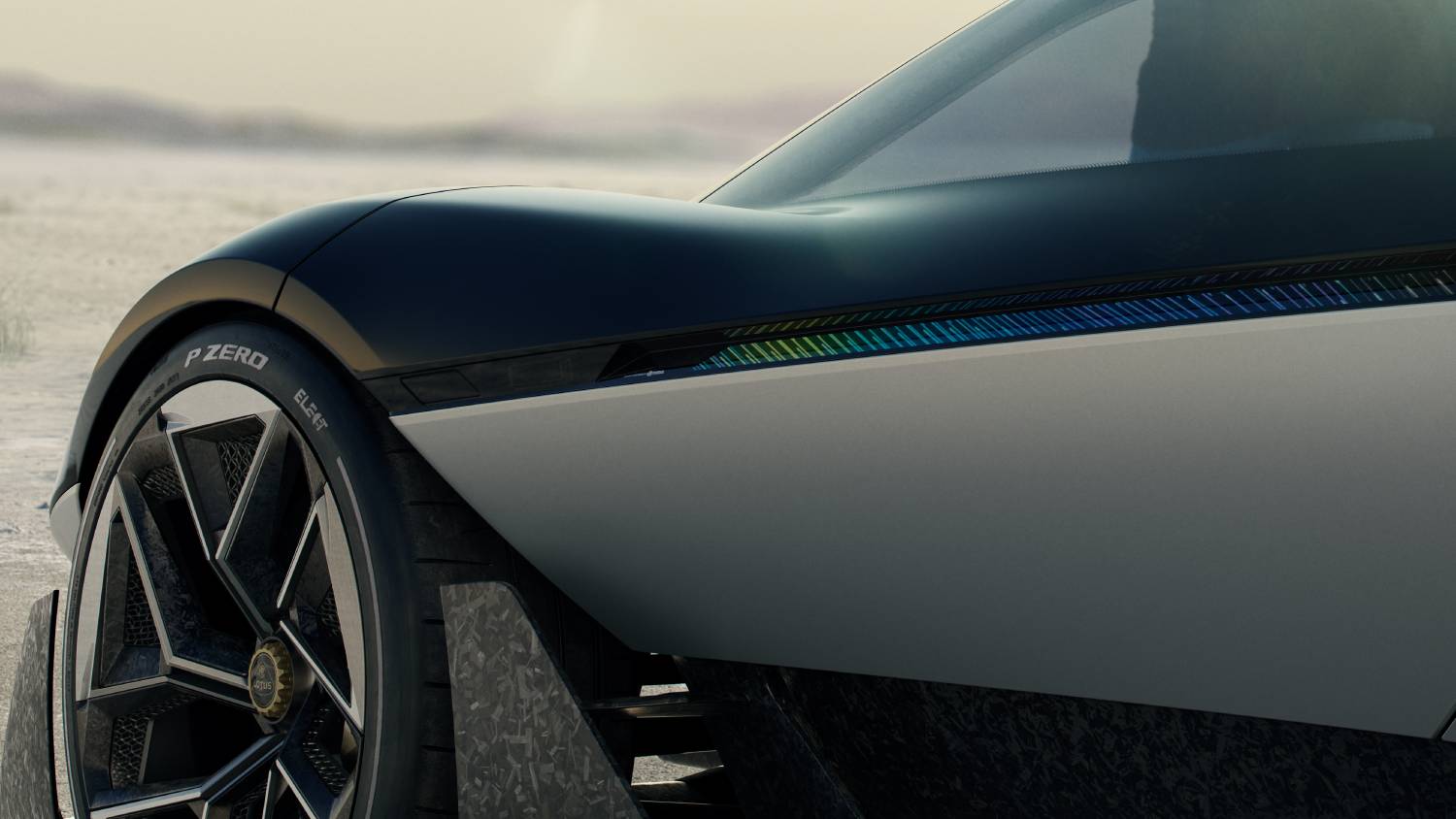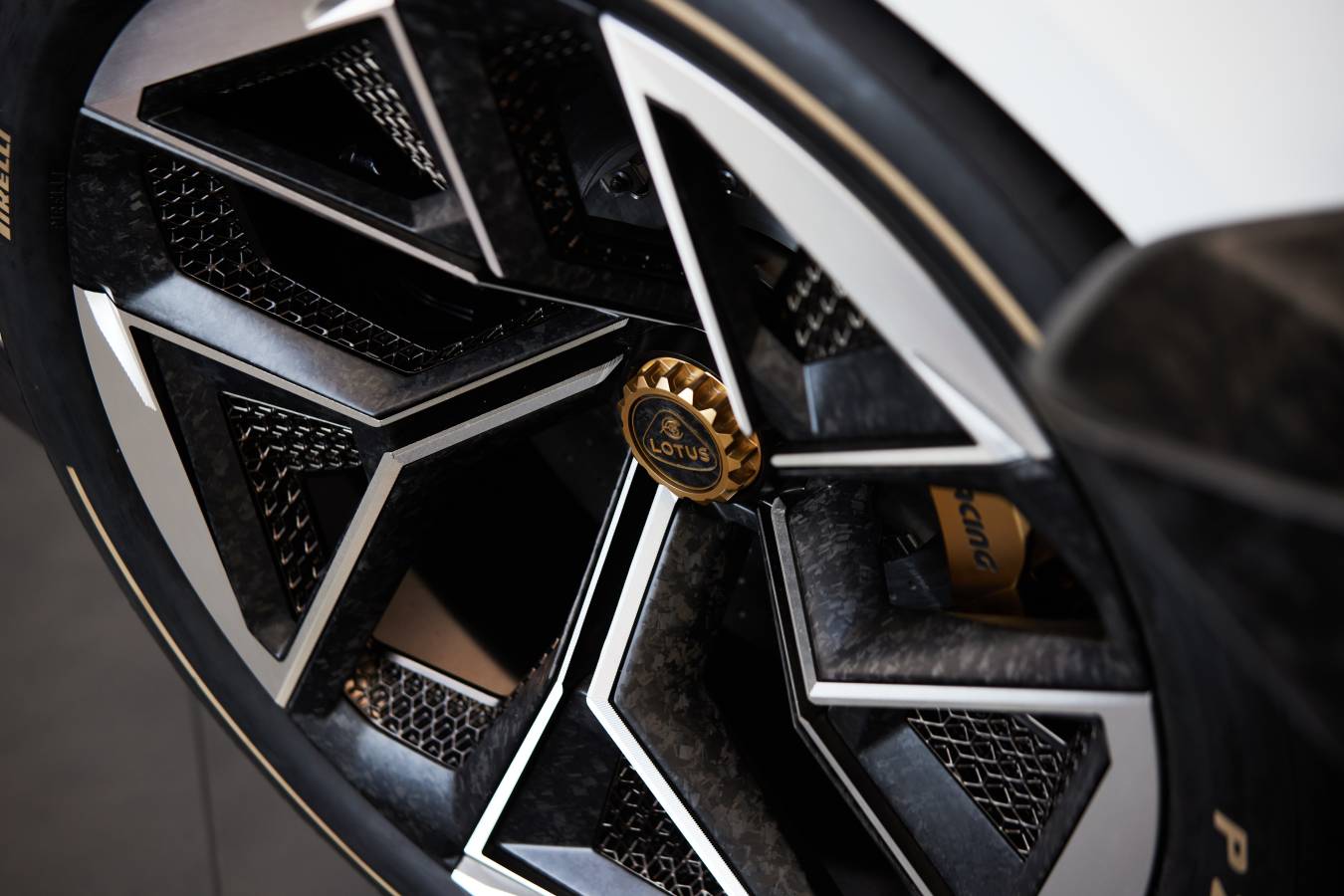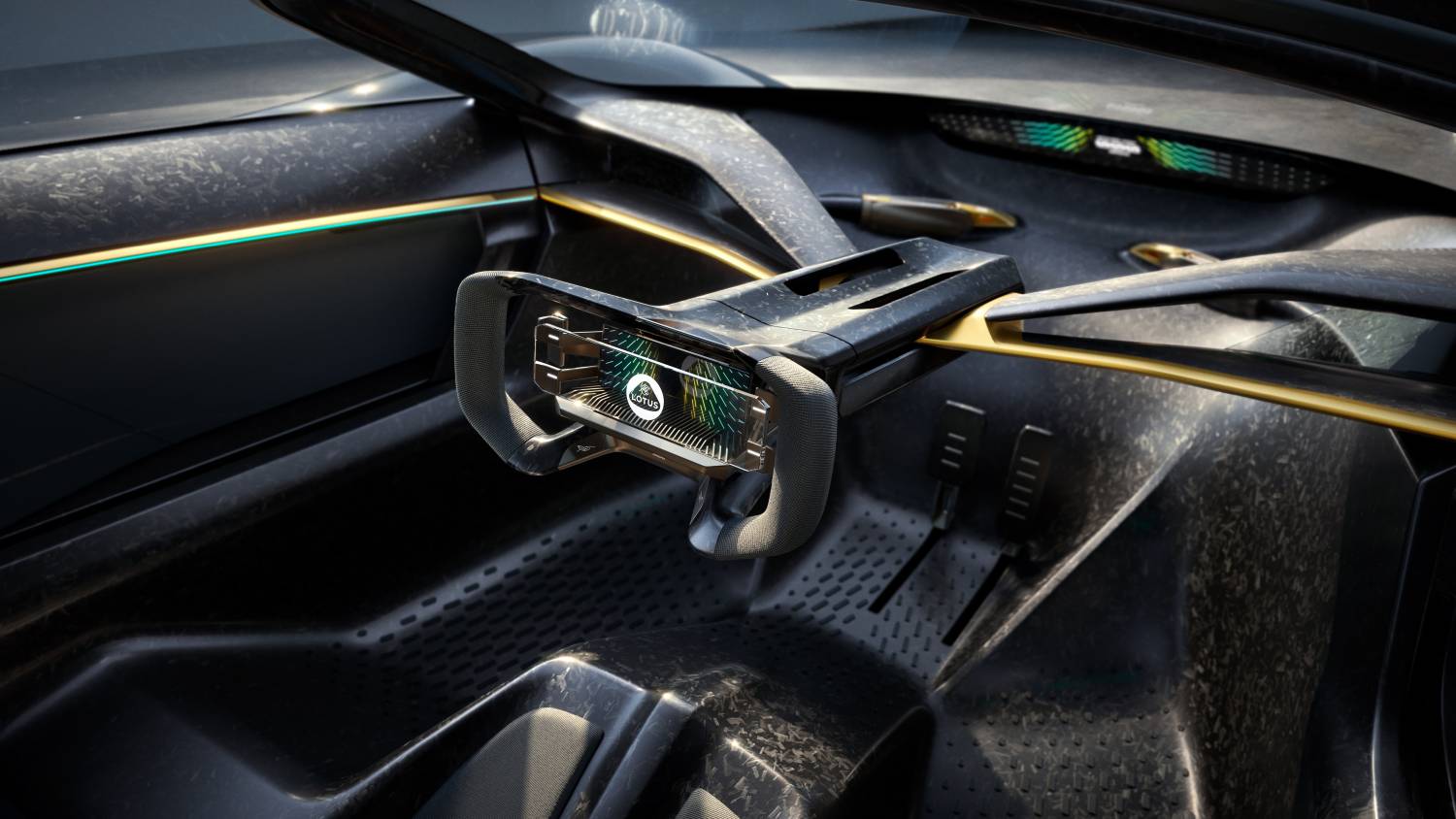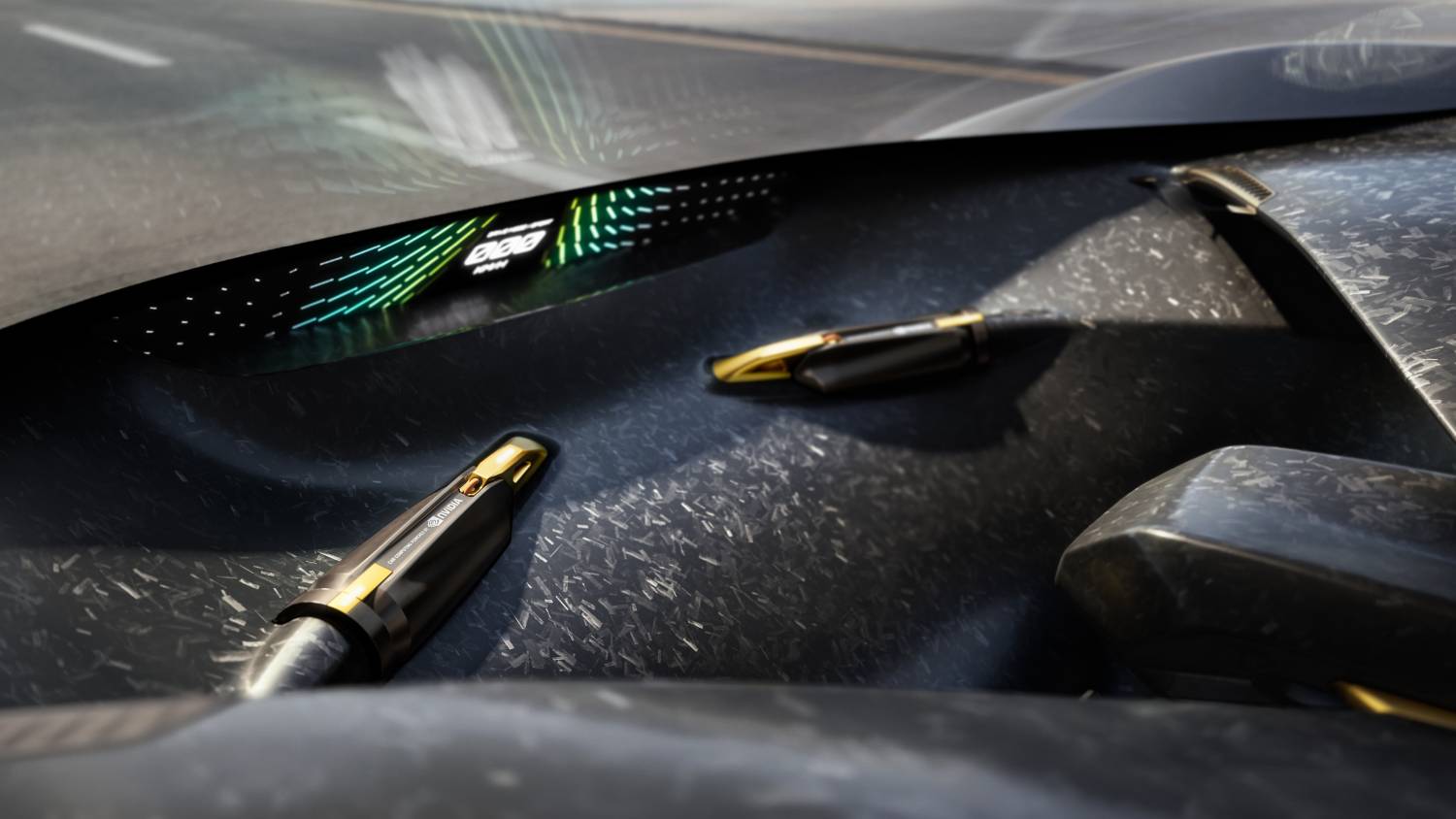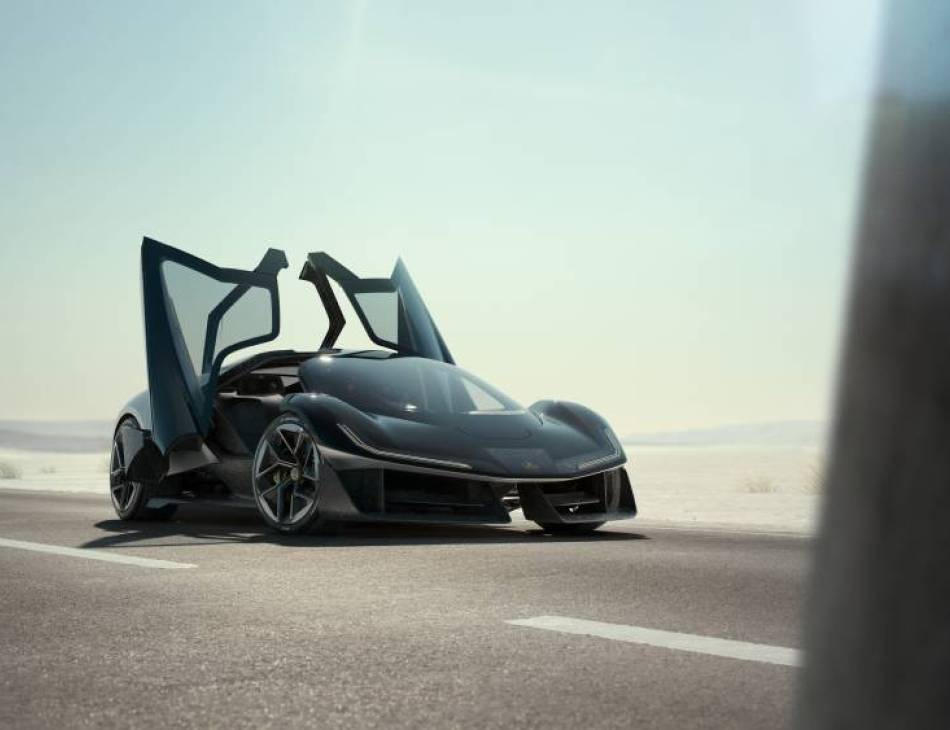LOTUS THEORY 1
LOTUS UNVEILS THEORY 1: THE FUTURE OF INTELLIGENT AND SUSTAINABLE PERFORMANCE
Lotus Theory 1
Lotus has enjoyed a strong start to the decade with the Emira, Eletre, and soon-to-launch Emeya receiving positive feedback from current and prospective owners. However, Lotus is looking ahead with an ambitious new release: its design manifesto, called The Lotus Theory.
The Lotus Theory is built on three core principles: Digital, Natural, and Analogue – collectively referred to as DNA. ‘Digital’ stands for immersive and intelligent experiences, ‘Natural’ emphasises human-centred, emotional design, while ‘Analogue’ advances the tradition of performance engineering. By blending these principles with cutting-edge technology, The Lotus Theory aims to shape vehicles that adapt to the driver, delivering a deeply immersive experience.
Enter Theory 1 - the latest concept that embodies these principles and demonstrates Lotus’s commitment to sustainability, design simplicity and driver engagement. Though it may sound abstract at this stage, rest assured that Lotus is also weaving in plenty of its iconic racing heritage.
Lotus’s expertise in performance engineering shines in Theory 1, which boasts a low centre of gravity, active aerodynamics, and intelligent airflow management to strike a balance between efficiency and exhilarating speed. Standout features include a nose cone with air deflectors inspired by Lotus’s racing legacy, a contoured underbody for optimal cooling and reduced drag and side pods designed to control airflow and improve rear stability.
Drawing inspiration from the iconic Lotus 49 Formula 1 car, Theory 1 uses its motor and battery as structural components, reducing both weight and complexity. The rear wing and suspension are engineered to directly manage downforce, enhancing handling and minimising lift.
The car’s interior is equally unique, featuring a three-seat layout with a central driving position, reminiscent of the McLaren F1. The steering wheel and pedals are adjustable to the driver’s physique for maximum comfort and the vehicle features steer-by-wire technology for precision handling at any speed.
Theory 1 also rides on bespoke Pirelli P Zero Elect tyres, specifically designed for electric vehicles to optimise both performance and efficiency while reducing environmental impact. Advanced carbon ceramic brakes by AP Racing ensure top tier stopping power, continuing Lotus’s long-standing collaboration with the performance braking specialist.
On the sustainability front, Theory 1 pushes boundaries by using minimal materials. The focus is on durability, recyclability and performance, with just ten surface materials selected, including recycled carbon fibre, aluminium and innovative options such as transparent polycarbonate and recycled rubber.
Inside the cabin, technology integration plays a central role in making Theory 1 more user-friendly. A “borderless” display system combines projections, haptics and visuals, with vital information displayed solely on the steering wheel and heads-up display. By using minimal graphics and adding haptic feedback in the seats, the cabin remains uncluttered, keeping distractions to a minimum and driver focus high.
Lotus takes this a step further with LOTUSWEAR, a system designed to enhance the driving experience. Using inflatable pods made from soft, robotic materials in the seats and steering wheel, LOTUSWEAR provides real-time feedback, offering support, grip and subtle guidance through turns.
LOTUSWEAR also integrates 3D-printed components, 360-degree obstacle detection and an immersive binaural audio system. This setup delivers a bespoke audio experience for each passenger, with noise-cancelling features and immersive soundscapes. A subwoofer positioned behind the driver’s seat further heightens the in-car experience.
Ben Payne, Vice President of Design at Lotus, commented: "With Theory 1, we are redefining the performance car experience. By harmonising digital and analogue elements, we offer a driving experience that is functional, emotional, and deeply connected."

